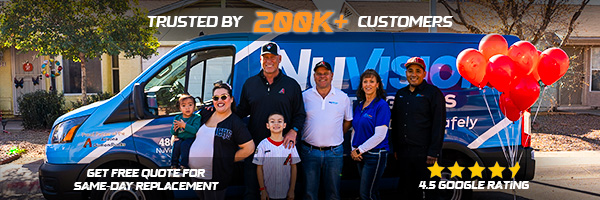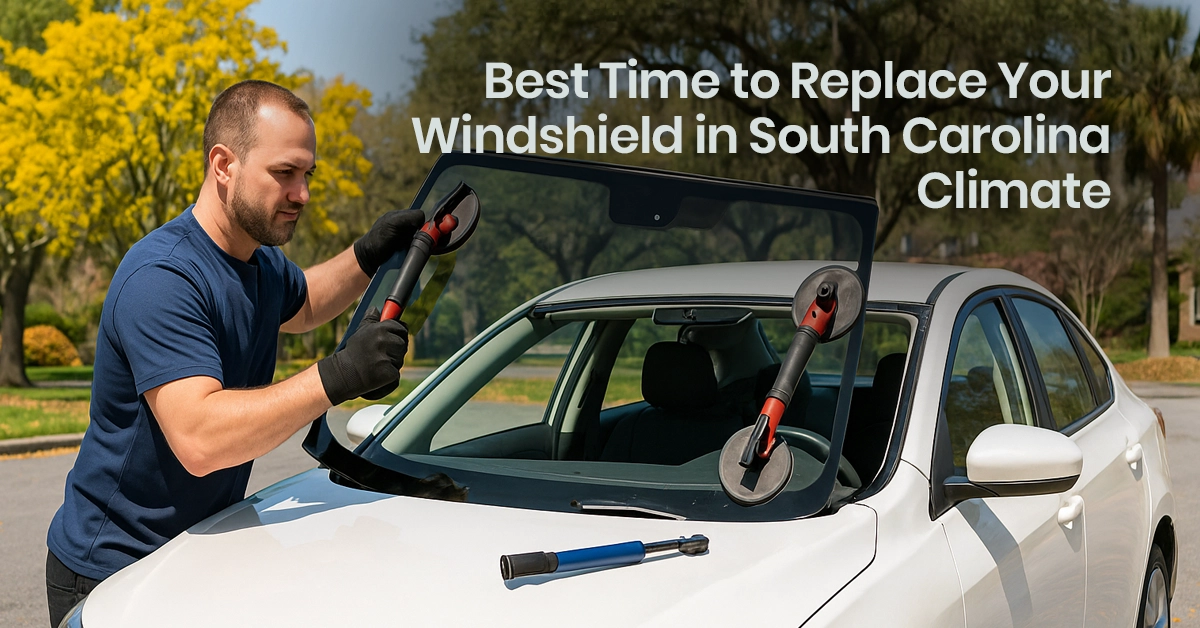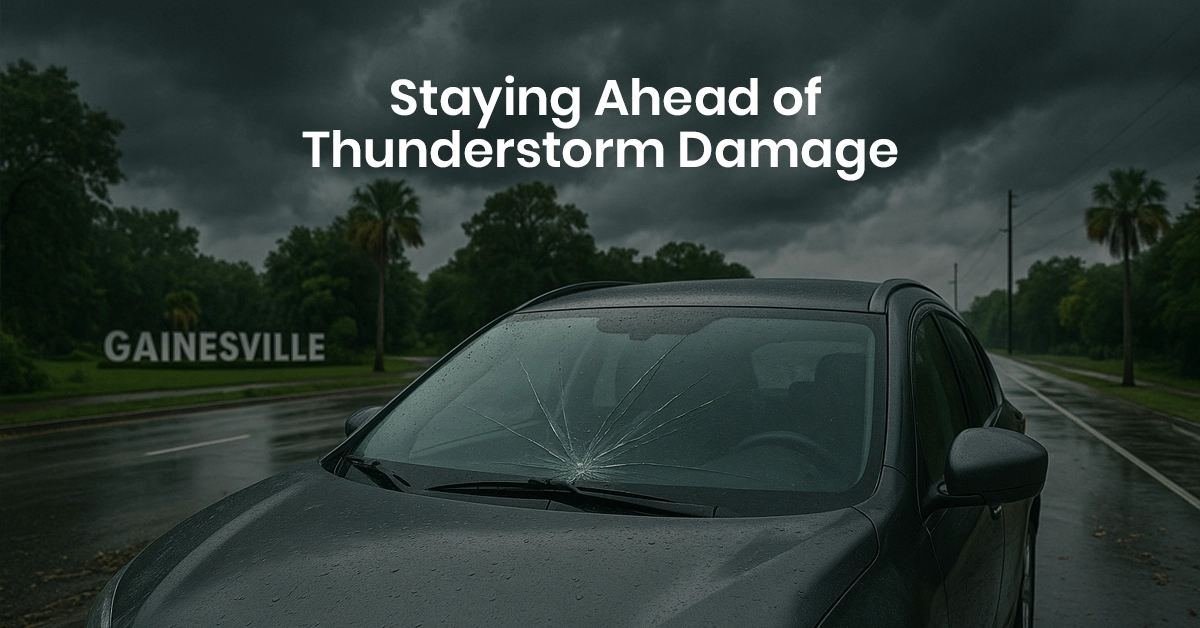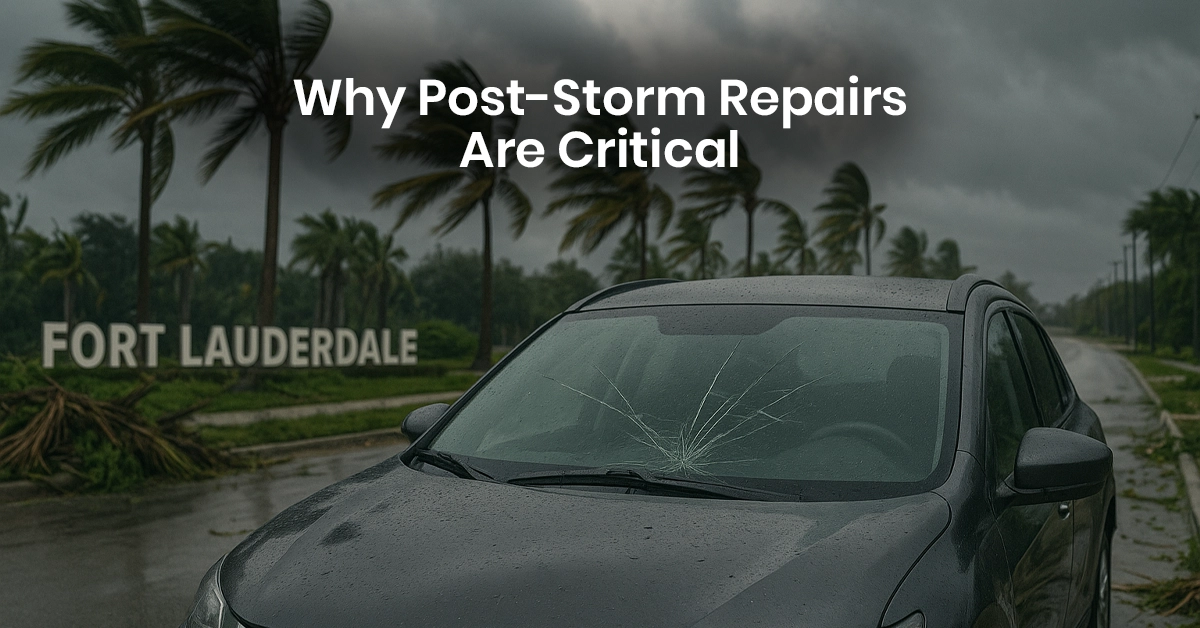Tempered vs. Laminated Glass in Auto Windows
April 30, 2024
Ever wondered why the glass on your windshield doesn’t break so easily? Or why your side window glass is lighter than your front/rear windshield?
The reality is that auto glass is made to ensure safety and protection for the occupants from unforeseen events, aid in the overall structural integrity of the vehicle, and provide insulation against extreme weather conditions. So, let us understand the significance of an auto glass and its two common types.
Here is a quick overview of what you can expect from this article –
- We will have a quick run-through on the history of safety glass.
- We will understand the definitions of laminated glass and tempered glass
- We will then compare both laminated and tempered glass with each other and understand their unique differences.
- Lastly, we will understand the application of laminated and tempered glass in auto windows.
A Short History of Safety Glass
During the nascency of the automobile industry, traditional glass was used for car windows and windshields. However, they were not safe and secure enough to be used, as the glass would shatter into sharp, harmful pieces if and when broken.
Eventually, in 1920, ‘safety glass’ was incorporated into the automobile industry, owing to the dire need to avoid serious injuries caused by traditional glass, during unforeseen events.
Over the next few years, two variations of safety glass were created; namely, laminated glass and tempered glass.
Let’s understand what they mean.
What is Laminated Glass?
Laminated Glass is sturdy and is difficult to break through. They are primarily used in the front windshields of a car. A few benefits of laminated glass are that it reduces the chances of injury during an accident, protects from UV rays, provides noise cancellation, etc.
What is Tempered Glass?
Tempered glass is also sometimes called toughened glass. They are primarily used in the rear/side window, vent, and rear quarter window of your car. A few benefits of tempered glass are that it acts as an exit during an emergency, provides insulation, and easily melts away frost or ice during extreme cold weather.
What is Laminated Glass?
Laminated glass is a result of two or more separate piles of glass bonded together with interlayers to form a strong bond. Here, the glass is strong and sturdy and boasts a uniform layer due to the interlayers. The interlayers also prevent the glass from breaking into large sharp pieces.
Comparison of Laminated Glass vs. Tempered Glass
Now that you have understood the basic definitions and significance of laminated and tempered glass. Let us now compare both of them by reviewing their features.
Strength
- Laminated Glass: Laminated glass is tough to break. If broken, it doesn’t shatter into harmful shards. Rather the glass fragments stick to the inner layer of vinyl instead of falling off.
- Tempered Glass: Tempered glass, on the other hand, is primarily built for emergencies. They can be broken if hit hard enough with a tool or sharp object. It is four times stronger than ordinary glass.
Safety
- Laminated Glass: Laminated glass is built to protect the passengers from the impact of an accident or extreme weather conditions.
- Tempered Glass: Tempered glass, on the other hand, when broken in case of emergencies, shatters into dull shards that are harmless.
Flexibility
- Laminated Glass: Laminated glass can cut through with precision without majorly damaging the composition in its entirety.
- Tempered Glass: Meanwhile, tempered glass if broken can cause a shattering effect. However, during formation, it can be bent to a slightly higher degree than laminated glass.
Determining factor
- Laminated Glass: The edges of laminated glass have a gap (inner layer of vinyl) in the middle of the sheets of glass.
- Tempered Glass: Tempered glass has a single layer of glass with rounded and polished edges.
Pricing
- Laminated Glass: Laminated glass is more expensive than tempered glass due to the complex manufacturing process and multi-layer materials.
- Tempered Glass: Tempered glass is cost-effective and is ideal for meeting budgetary expectations.
Tempered Glass or Laminated Glass in Car Windows: Formation and Application Process
Before understanding the application process of safety glass in auto windows, it’s important to note that auto glass is generally shatterproof, yet breakable. Hence, preventive measures must be taken to maintain your car and, preferably, extend its lifespan.
Moreover, if you are considering an auto glass repair and replacement, speaking to an expert before making a decision is highly recommended.
Laminated Glass
Formation: The formation of laminated glass is much more complex than tempered glass. It is created with two layers of tempered or annealed glass on either side and a single layer of plastic resin (PolyVinyl Vutyral -PVB) in the middle.
Application: Laminated glass is mandatorily used as a front windshield and sometimes on the rear windshields of your car. It can be used for panoramic windows (sunroof/ moon roof).
Note: Under U.S. federal law, it’s mandatory that the windshields must be of laminated glass.
Tempered Glass
Formation: Regular or annealed glass is first cut based on the automobile’s window specifications. The glass then undergoes a thermal process followed by rapid heating and cooling of the glass.
Application: Once the glass is tempered, the glass is again reviewed for the final dimension. It is important to note that the backlight, rear/ side window, vent, and rear quarter are made up of tempered glass.
Nonetheless, both types of safety glass must be of superior quality to support the car’s structural integrity besides protecting the exteriors.
The Bottom Line
Despite the differences, both laminated glass and tempered glass have their similarities too. They are resistant to heat, damage, wind, impact, etc. up to a certain extent.
Auto glass manufacturers design the car’s windshield and windows under rigorous tests so that it is capable of enduring extreme situations. Moreover, auto glass today is subjected to comply with comprehensive international standards and safety regulations.
We, at NuVision, offer a wide range of services ranging from windshield repair and replacement, side window and auto glass repair and replacement, vehicle calibration, glass repair, etc. Our specialists are equipped with the latest technologies and upgrades of automobiles and specialize in high-quality repair and replacement service.







